#ornamental architecture
Explore tagged Tumblr posts
Text

The Annunciation
Artist: Edward Coley Burne-Jones (English, 1833-1898)
Date: 1879
Medium: Oil paint on canvas
Collection: National Museums Liverpool, Liverpool, United Kingdom
Description
'The Annunciation' depicts the events described in the Gospel according to St Luke, chapter 1, verses 26-35. The Archangel Gabriel appears to the Virgin Mary, saying ‘…you have found favour with God. And behold, you will conceive in your womb and bear a son, and you shall call him Jesus…’.
This subject was painted several times by Burne-Jones but this painting is the most important. Gabriel, suspended in space, appears to emerge from a tall bay or olive tree. The architectural background is clearly inspired by the artist’s visits to Italy in 1871 and 1873.
The artist’s travels in Italy encouraged him to paint with a greater sense of classical structure and spatial organization. The monumental architecture, the pale, sombre colours and the statuesque figures lend an austere grandeur to the Virgin’s predicament. The model for the Virgin is stated to have been Mrs. Leslie Stephen, then (appropriately) pregnant with her fourth child who would become the celebrated artist Vanessa Bell.
#the annunciation#female figure#angel#gospel of luke#pre raphaelite brotherhood#oil on canvas#painting#artwork#fine art#courtyard#archangel gabriel#olive tree#classic architecture#italian architecture#oil painting#english culture#english art#ornamental architecture#water jug#edward coley burne jones#english painter#european art#pre raphaelite movement#19th century painting#national museums liverpool
18 notes
·
View notes
Text
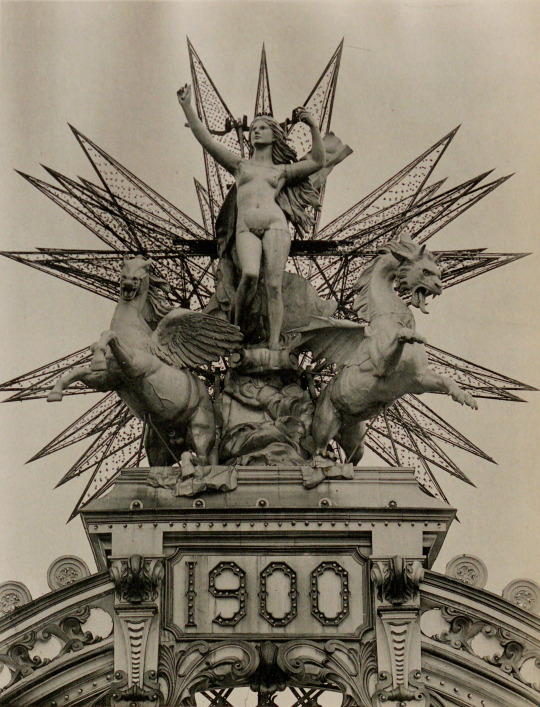
Palace of Electricity sculpture. L'Exposition Universelle de 1900 : détails de sculpture. 1900.
Internet Archive
#paris#1900#world's fair#exposition#architecture#sculpture#art#ornament#radiating#nemfrog#early 1900s#1k
4K notes
·
View notes
Text
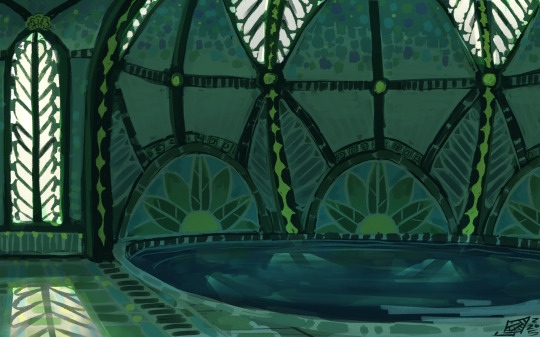


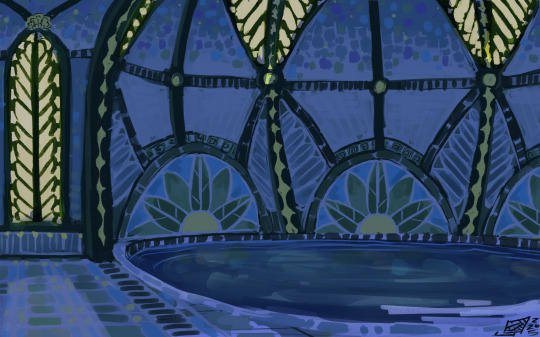
Experimenting with Seawing architecture
#I'm still figuring out what architectural style works with what tribe#there are easy choices (Skywing: Roman/Romanesque Icewing: Gothic Sandwings Persian) but for the others I still have to figure things out#for seawings I want to have a water/artsy feel so I'll try making organic shapes and mosaics#although I couldn't keep myself from adding some gothic elements... ough my habits#the perspective is sloppy but I wanted to be quick (I wasn't) and focus on drawing ornaments and tiles#anyways do whatever#(erm this is btw the summer palace)#art#my art#wof#wings of fire#prsk wof au
336 notes
·
View notes
Text

Architecture and Ornament, Roof Shapes
310 notes
·
View notes
Text

#pierre probst#art#ancient greece#ancient greek#classical antiquity#construction#building#buildings#architecture#columns#temple#temples#europe#european#history#builders#builder#mediterranean#painting#sculpture#ornamentation#sculptors#architects
142 notes
·
View notes
Text











Wooden decorative features for houses taken from 'Motifs de décoration et d'ornement des constructions en bois' by Louis Degen.
Published 1862 by Morel & Cie.
Ghent University.
archive.org
145 notes
·
View notes
Text
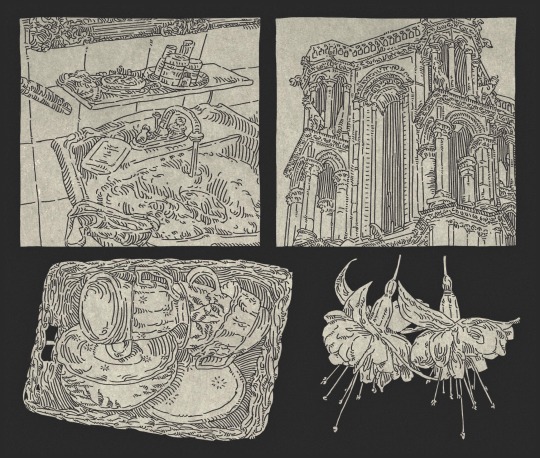
瓷器Fine china - night studies
#illustration#dark fantasy#sketch#sketchbook#art#art nouveau#old money#fine china#porcelain#coquettecore#coquette#soapbox#floral#flowers#art deco#architecture#classic#artists on tumblr#bathroom#old fashioned#aesthetic#victorian#vintage#line art#ornament#b&w#angelic#fine dining#old art
268 notes
·
View notes
Text

Vank Cathedral in Isfahan, Iran • visited in 2022 reblog is okay, don’t repost/use
#my photos#iran#isfahan#vank cathedral#cathedral#church#apostolic#carvings#ornament#persian#iranian#armenia#biblical art#holy#travel diary#middle eastern#old architecture#architecture photography#architecture#interior#religious imagery#religious architecture
118 notes
·
View notes
Text

William Burges, Design for Truro Cathedral (unexecuted), c. 1878, pencil and watercolour.
#William Burges#Truro Cathedral#truro#watercolor#painting#drawing#19th century#cornwall#19th century art#interior#art#period design#interior design#design#decorative arts#ecclesiastical architecture#church interior#english artist#victorian artist#english art#victorian art#victorian#gothic#neogothic#gothic interior#architecture#english architecture#english architect#ornament
36 notes
·
View notes
Text

Summer afternoons.
Zürich, Switzerland
#city#perspective#architecture#dark architecture#dark beauty#dark aesthetic#gothic#gothic architecture#gothic aesthetic#goth#summer#sunny#aesthetic#moody#ornaments#vintage#zurich#switzerland#oddities and curiosities#travelling strangers
182 notes
·
View notes
Text

Stained glass windows that were commercially available during the Art Nouveau era. These examples are from the 1914 catalog of the National Ornamental Glass Manufacturers Association of the U.S. and Canada.
#dark academia#light academia#classical#academia aesthetic#escapism#academia#books and libraries#classic literature#books#architecture#object#catalogue#art nouveau#stained glass#windows#1900s#20th century#National Ornamental Glass Manufacturers Association#united states#canada#royal core#cottage core#aesthetic#academic#mood#vibe#tumblr
224 notes
·
View notes
Text
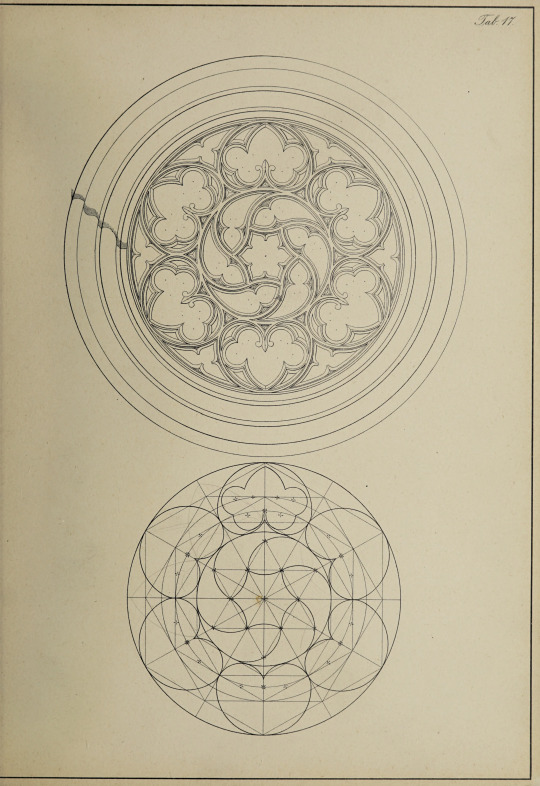
Plate 17. Guide to the construction of Gothic details. 1888.
Internet Archive
2K notes
·
View notes
Text

Marchesa Brigida Spinola Doria
Artist: Sir Peter Paul Rubens (Flemish, 1577-1640)
Date: 1606
Medium: OIl on Canvas
Collection: National Gallery of Art, Washington, D.C., United States
Marchesa Brigida Spinola Doria
The marchesa's young face, animated by her large, keen brown eyes and gentle smile, is set off by her enormous yet elegant ruff. Her commanding presence is further accentuated by the glowing satin, the lace of her gown, her jewels, and the elaborate hair ornament crowning her carefully curled locks. Behind her, the rich luster of the marble and stone of a palazzo add to the sense of limitless luxury.
The Spinola family, major art patrons in Genoa, derived their affluence from mercantile and banking enterprises. It was the norm for families to consolidate their wealth through intermarriage, and Brigida Spinola married her cousin Giacomo Massimiliano Doria in 1605. Widowed in 1613, she later married the widower Giovanni Vincenzo Imperiale, a senator of the Genoese republic who was also devoted to poetry and art collecting.
#portrait#wedding gown#female#oil on anvas#marchesa brigida spinola doria#house of doria#genoese#italian culture#ruff#satin gown#jewels#standing#hair ornaments#hairstyle#drapery#architecture#peter paul rubens#flemish painter#european#painting#artwork#flemish culture#fine art#oil painting#three quarter length#european art#17th century painting#drapes#cape#fan
28 notes
·
View notes
Text

#Ornaments#Christmas#Christmas tree#Christmas decor#Luxury#luxury life#luxury living#aesthetic#decor#home decor#lifestyle#lifestyle blog#photography#home & lifestyle#architecture#classy#classy life#home#interiors#home interiors#interior design
24 notes
·
View notes
Text
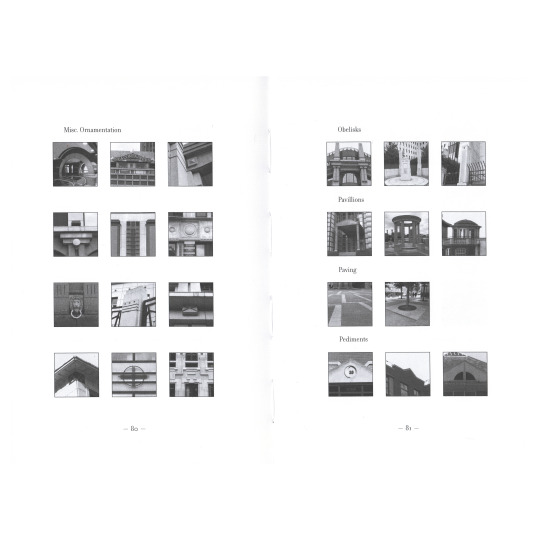
Pablo Bronstein, A Guide to Postmodern Architecture in London, 2008
#Pablo Bronstein#art#design#collection#a guide to postmodern architecture in London#paving#pediments#obelisks#misc. ornamentation
38 notes
·
View notes
